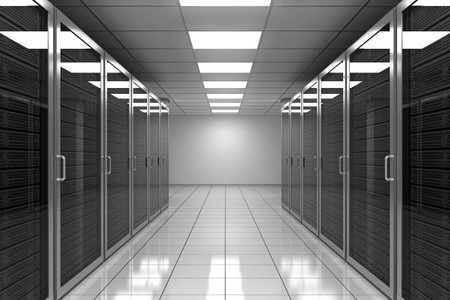Planning enterprise storage for your business can be overwhelming. Your business’ storage needs will vary depending on the size of your business and network, how much data you work with on the average day, and how your business handles that data.
No matter what your business’s needs, there are five aspects of enterprise storage you need to consider: performance, availability, reliability, searchability and cost.
Determine Your Business’s Performance Needs
Of course, all businesses need a high level of performance from their enterprise storage system, but what that means in terms of hardware depends on the unique needs of your business. Consider things like the number of daily transactions you make and the number of daily emails you send, as well as the amount of archived data you must store and process, when determining your business’s performance needs.
Do you have a website? Customers will need to be able to access information on that website quickly and easily or they’ll move on to a competitor. If your business needs require large amounts of daily data processing, consider implementing some ssd storage in your system. Storing bulky data on SSDs can dramatically improve performance. If you don’t move large amounts of data, HDDs will be sufficient.
Keep Your Data Available
When we talk about “availability” in terms of enterprise storage systems, we’re referring to the ability to keep your enterprise storage drives online at all times. It’s a good idea to standardize your hardware as much as possible; this saves time and money if you need to troubleshoot, since it’s easier to root out problems and fix them when you only have a few types of hardware to worry about. Replace older hardware components before they fail to stop downtime.
Maximize Your System’s Reliability
Monitor your enterprise storage system for reliability to make sure your data isn’t getting corrupted. End-to-end error detection on HDDs helps ensure that data doesn’t become corrupted in transmission, but you should make sure your disks are checked regularly for bad sectors and data corruption. Most disks will have “check disk” software installed for this purpose, which you can run to make regular checks. Consider installing software that automates the data corruption-and-repair process.
Find Your Data When You Need It
As with performance, search ability becomes more of an issue as the amount of data you’re working with grows. If your business has a lot of data to work with, search ability should be at the forefront of your enterprise storage concerns. Your data won’t do you any good if you can’t find it.
Make your data easier to handle by consolidating it all into one storage array.Tier your data to make it easier for your search function to manage it all. Put the data you use most often onto Tier 1, which should consist of your fastest, highest-performing drives — either SSDs or 15,000 rpm HDDs. Put data you use less often onto slower drives on Tier 2; data you use the least can go on even slower drives in Tier 3, and so on.
Your website’s search ability is an important thing to consider; make sure the data your customers will be searching for on your website is organized in such a way that your system can send it back to them easily and quickly.
Keep Your Enterprise Storage Affordable
Consolidation, data tiering, and taking steps to protect your system’s availability and reliability are all ways to lower costs. Replacing older components saves you the long-term costs of downtime due to equipment failure. Protecting your system’s reliability and maintaining searchability lets your workers get their tasks done quickly, and on the other end, keeps your customers satisfied.
Organizing your data in tiers is one of the best ways to make high performance, reliability, availability and search ability more affordable. Consolidation and data tiering can help you reduce the overall number of drives your enterprise storage system needs. More importantly, it allows you to budget for the best top-of-the-line equipment where you need it, to deal with your most important, most-used data, while saving on cheaper equipment for stale data that you don’t use often.
Keep your business’s needs in mind when considering what you need out of your enterprise storage array. Consolidate your data into a single array, and tier your data according to how frequently you use it to improve performance. Consolidating and data tiering also let you save money by purchasing only the equipment you need.















